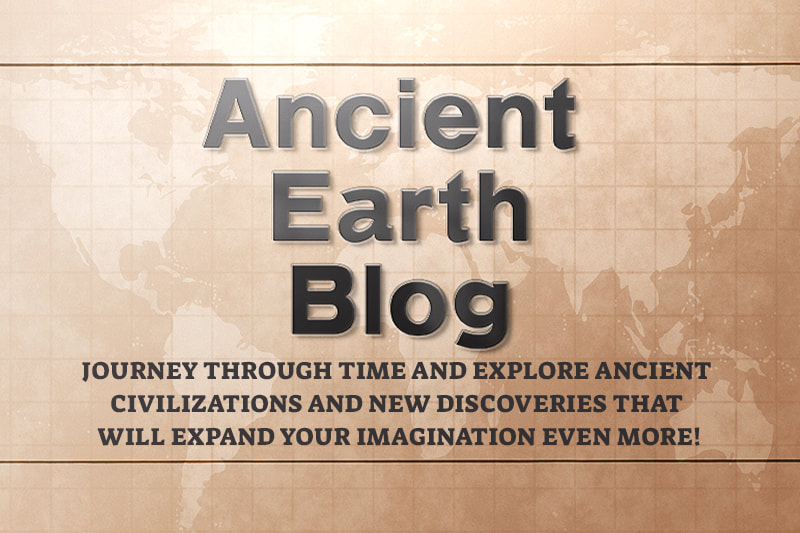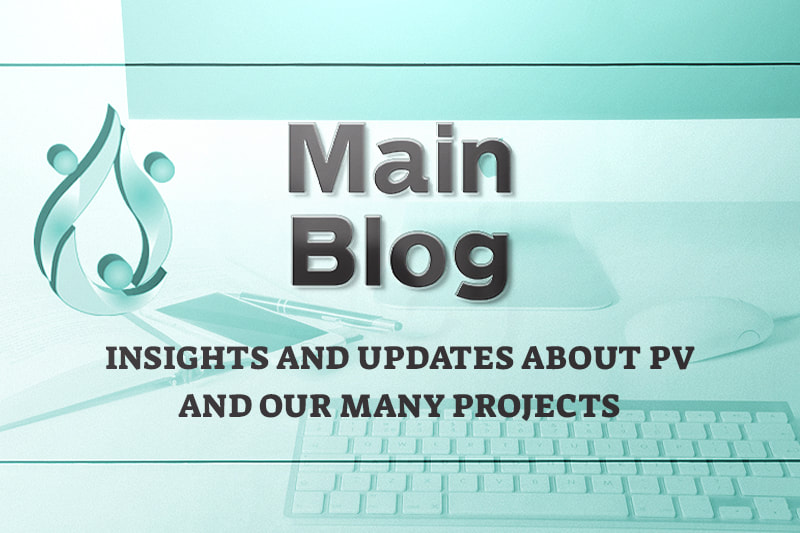|
Approximately 780 million people live without access to fresh water, and a growing global population, coupled with climate change, threatens to grow. So technology can help. Did you know one of the nine people in the world are living without access to drinking water? About 3.4 million people per year die from water-related illnesses. These statistics will probably lead you to think about how often you accidentally dropped a tap or running too much time in the shower or even falling Dasani bottles that you never finished.
Water security is not limited to access to water. It's about sanitation: more people in the world have cell phones than toilets, but Americans spend more wastewater than any other use, according to the EPA. And this is due to climate change: icebergs, rising seas, sunken coasts, and more prolonged droughts. By 2025, 1.7 billion people will be living in water shortages According to the United Nations, and the demand for irrigation will increase by 15%. Although this is not a panacea, technology can help change the course, and it's already starting. That is true. Here are Few Different Ways Water is Getting to the Communities with New Technology Available Today 1. Many Triggers Solve Water Problems Interest in water technology continues to grow due to growing concerns about drought, water shortages, and hot weather. Imagine H2O, which has started and accelerated in San Francisco, organizes and encourages water supply innovations to use technology to raise awareness of these issues and address key water issues. Foundations and large corporations finance nonprofit projects and Imagine H2O has recently run a bid for new water projects. Large companies like Coca-Cola are also interested in water conservation and recycling. Startup hardware that generates cheap and adequate water and purifier filters is all the time. 2. Water Purification Using Nanotechnology The previous year, researchers at the Indian Institute of Technology developed a water filtration system consisting of 16 nanoparticles. Although inexpensive filtration systems were created in the past, they were the first to eliminate chemical components such as arsenic, lead from water. The capture of iron and arsenic ions releases nanoparticles that form a chemical filter. The purifier has multiple membrane levels to block contamination. 3. Irrigation Controllers EPA creates WaterSense Irrigation Controllers. It is a certification process for controllers that act as thermostats for irrigation systems, such as domestic sprinklers. The EPA reports that this could save the average home 8,800 gallons of water a year. Instead of standard time clocks, WaterSense controllers allow irrigation is planning to meet better the needs of water plants using local weather conditions and landscaping to determine how much water is needed. The drivers are certified independently. The first WaterSense certification is Cyber-Rain, which provides irrigation solutions to builders, developers, companies, and individuals. Works with automatic irrigation systems and wirelessly communicates data to the controller. Customize your calendar to meet your needs and run in the background. 4. Desalination Desalination technology is becoming more efficient and, more importantly, due to the growing problems of water protection. Many densities in the world, such as Chile, Israel, and Saudi Arabia, have been converted to desalination water from the ocean in search of water, and now California joins them. Approximately 15 projects have been proposed along the California coast, although the old technology has been found to be highly critical due to high costs and endangering water life. The largest desalination plant is in San Diego, California, Approximately 50 million tons of water will be released from salts and other reverse osmosis minerals to compensate for 7% The Water Supply District of Beijing, China, which is expected to end in 2019, will provide one-third of the water in the city. Other smaller plants around the world use solar desalinization to treat water, which can be feasible. 5. Making Big Data Accessible Water Hub is trying to be an ideal data terminal for the future of water data, knowing that we are at a time when people are looking for information about water scarcity and security. The company offers the latest information on water and wastewater treatment, with business profiles for many industry players. The data and analytics company said the goal was to download fragmented data that exists on the water and analyze it, making it accessible to anyone who wants to use the report service and the markets that can be processed. intelligence available to companies who want to use data.
0 Comments
Leave a Reply. |
Author
Phoenix Voyagers Archives
January 2023
CategoriesVisit our other blogs!
|
|


 RSS Feed
RSS Feed




